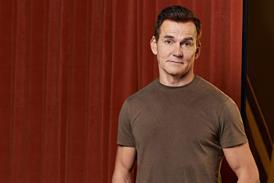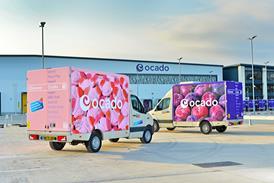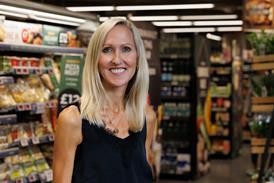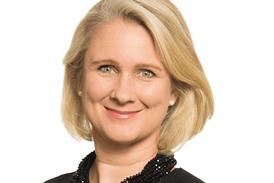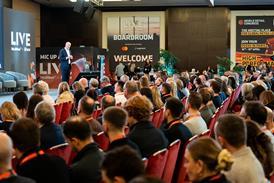Lights, camera, retail: How M&S, Boots and TikTok are merging content with commerce

From Singles’ Day livestreams to shoppable reality TV shows, the worlds of entertainment and retail are becoming more intertwined than ever. How can retailers win in the battle for consumer attention both in-store and on-screen?
Nowadays, the average consumer is as likely to forgo a trip to the shops in favour of binging a show on Netflix as they are to decide what they’re going to make for dinner via the latest viral TikTok recipe video.
Against this backdrop, David Roth, chief executive of WPP’s global retail practice The Store, says making shopping entertaining and engaging has never been more important.
“We’ve retailed excitement out of the retail experience,” he says.
Already have an account? Sign in here




